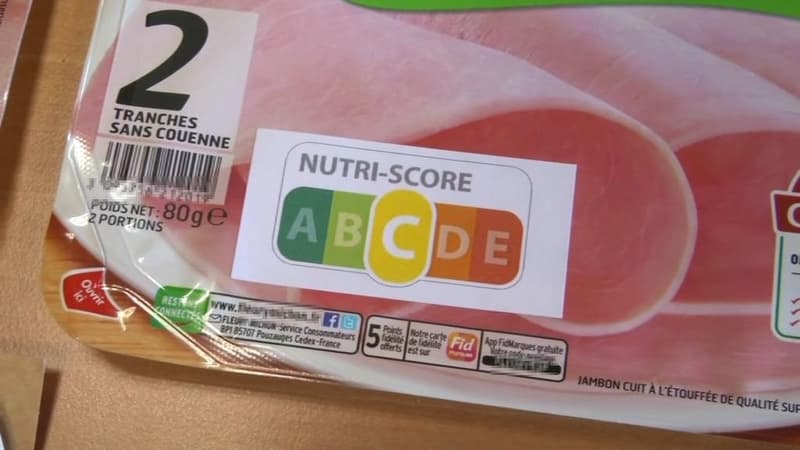Since 2015, displaying the Nutri-Score has encouraged manufacturers to tweak their recipes and improve the nutritional value of their products, but the proportion of national brands that still refuse to display it still accounts for nearly two-thirds of sales volumes, he says. UFC-Que Choisir Wednesday.
When the labeling “is mostly present on a shelf, the recipes improve from a nutritional point of view”, and on the contrary, “when it is little exposed, the poor nutritional quality of the shelves stagnates”, pointed out the association for the defense of consumer after comparing the general distribution of Nutri-Scores in 2015 and in 2022, for seven product families.
Thus, for products such as sandwich breads and biscuits, granola bars and breakfast cereals, where many of the major national brands have adopted them, the UFC has noted a “very significant improvement” in the ratio of Nutri-Scores Favorable (classes ‘A’, ‘B’ and ‘C’), in his study.
For cookies and cakes, brands that reject the Nutri-Score represent 83% of the market
Beyond these seven families, recipes for other products, such as ready meals, have also improved thanks to the Nutri-Score: saturated fats have decreased by 12% in those from Intermarché (44 references) and by 21% in those from Lidl (18). references), for example.
On the other hand, in four other departments where the Nutri-Score is “still very little present” -this visualization is not mandatory-, few improvements have been observed, “says the association. These are industrial cookies and pastries, chocolate products, sauces, ice creams and sorbets.
In cookies and cakes, the brands that reject the Nutri-Score account for 83% of the market: Bahlsen, Ferrero (Nutella, Kinder, Delacre…) Mondelez (Cadbury, Lu, Milka, Oreo, Pepito, Suchard…) and Yildiz Exploitation (BN). It is 90% for ice cream and sorbet producers: General Mills (Häagen-Dazs), Ferrero (Kinder), Mars Inc (Mars, Bounty, Snickers), Mondelez (Milka, Oreo), Unilever (Carte d’Or, Ben&Jerry, Magnum ).
“This refusal by entire sectors of the food industry to show the Nutri-Score (…) deprives consumers of a tool that is all the more necessary since the offer is especially unbalanced in these departments,” the association considers.
Thus, “six years after France chose Nutri-Score as its official model, the proportion of national brands that refuse to display the logo (…) covers almost two thirds of sales volumes,” laments the UFC, wishing that Nutri- Scoring would become mandatory, both in France and in the European Union.
Source: BFM TV


